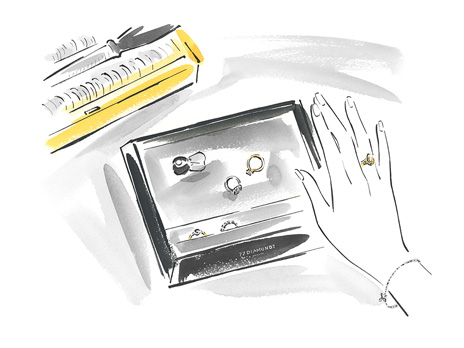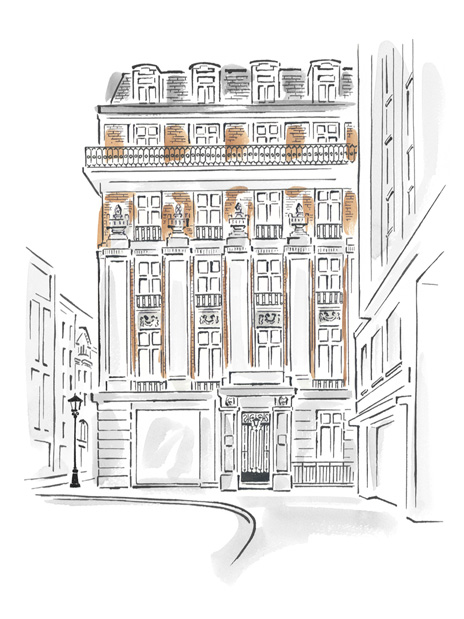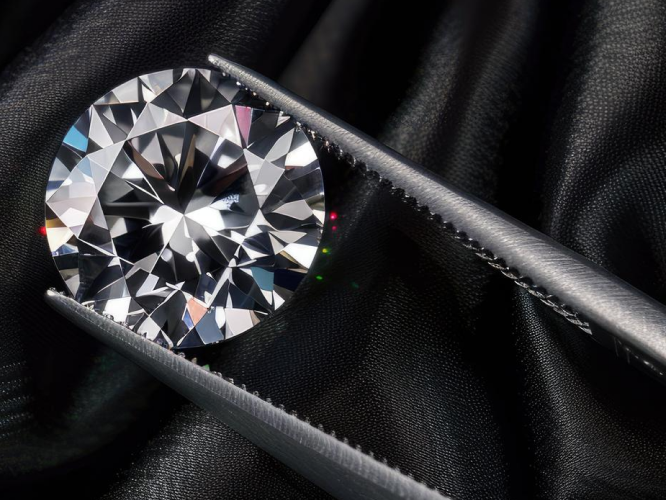What they Symbolise
“Nothing greens greener.” This is how Roman naturalist Pliny the Elder chose to describe
emeralds in his encyclopaedia, Natural History, written in the first century AD. He was right: the
intense
green of emeralds is rarely matched, and it’s what has made the stone widely popular throughout the
centuries.
Emeralds possess strong symbolic power, as they are thought to bring the wearer peace, hope and the
prospect
of renewal. For millennia, members of the elite have worn emeralds to achieve greater wisdom and protect
themselves from disease. It is said Cleopatra was particularly fond of this precious gem as a royal
adornment.
Emeralds are the birthstone for May and are given to celebrate 20th and 35th
wedding
anniversaries.
What to Remember
Cost and Carat
The final price of your emerald will be determined by many factors, including colour, carat, clarity,
cut,
treatment and origin. A right combination of these will ensure your gem’s long-term value remains steady
and
perhaps even increases over time.
Large emeralds are extremely rare, and so carat weight exponentially increases the value of your gem The
price of a 10-carat emerald is usually 50 times that of a one-carat stone.
Colour Intensity
The colour of an emerald is by far the most important aspect to consider when making a purchase, as this
will
have a significant impact on the stone’s value.
Unlike diamonds, there is no internationally accepted colour grading system for emeralds. 77 Diamonds
have
adopted the ICL’s five levels of colour intensity that range from Deep to Light. The
most
sought after colour intensity is Vivid , as it holds the finest combination of tone and
saturation.
We also classify emeralds in three different shades: pure, bluish and yellowish green.
The
intense saturation of pure green emeralds make them significantly more expensive. If your emerald has
strong
yellow or blue overtones, this will affect long-term value.
Clarity
The interior inclusions of emeralds are known as the ‘jardin’ (‘garden’ in French). Inclusions are
greatly
appreciated, as they enhance the beauty of an emerald by diffusing colour throughout the stone. There
are
three levels of clarity:
-
“Eye Clean” (EC1 - EC2) indicates that inclusions are invisible to the
unaided
eye.
-
“Visible inclusions” (VI1 - VI2) indicates that inclusions are only
slightly
visible to the unaided eye.
-
“Included” (I1 - I2) indicates that inclusions are obvious to the
unaided eye.
Cut and Shape
Emeralds are mostly step cut into an octagonal shape. This serves to
intensify the gem’s fire while also strengthening its structure.
Emeralds can be prone to wear after years of continued use, and the long octagon helps to further its
durability. Throughout the years, this shape has become synonymous with the unique look of emeralds, so
much
so that it is now referred to as the ‘emerald cut’.
Oval or pear shaped emeralds can also be found on the market. Keep in mind, the quality
of
the cut will also determine the final price of your emerald.
Treatment
Only the finest and rarest emeralds are unearthed in a perfect state without any need for further
treatment,
making them significantly more valuable.
Treated emeralds are therefore common and, for the most part, well accepted by the trade. To enhance
clarity,
emeralds often undergo an oil treatment (O). In a vacuum, oil is introduced into the
stone’s
fissures, erasing the most evident inclusions. This treatment is temporarily stable and can be repeated
after
several years.
Other methods include using artificial resin (R) to enhance clarity and stabilise the
stone.
This method is not well accepted by the trade as it is usually applied to low-quality gemstones.
Finally, oil and artificial resin (O+R) can also be combined as a treatment. In all three
categories, there are distinct levels of treatment that range from minor to significant.
The type of enhancement used will affect the final price of your emerald. As an example, a one-carat
emerald
moderately treated with oil is around four times more expensive than a similar-sized gem
treated with resin.
Origin
Although some emeralds may look similar, their prices will differ due to origin. Colombia
produces the finest emeralds in the world and has an established history of mining. The country’s
most
famous emerald mine, Muzo, is well-known for producing stones of exceptional quality. Colombia was
infamous in
the past for its ‘green wars’, during which the emerald industry was blighted by unethical practices.
This is
thankfully no longer the case today, as mining conditions are both sustainable and in line with accepted
standards.
The second finest country of origin is considered to be either Zambia or Ethiopia,
followed
closely by Brazil and Afghanistan. Finally, emeralds from Pakistan and Madagascar
are the least valuable in terms of origin.





 Book an Appointment
Book an Appointment
 IN / INR
IN / INR
 my bag
my bag
 FAQs
FAQs
 visit our showroom
visit our showroom



